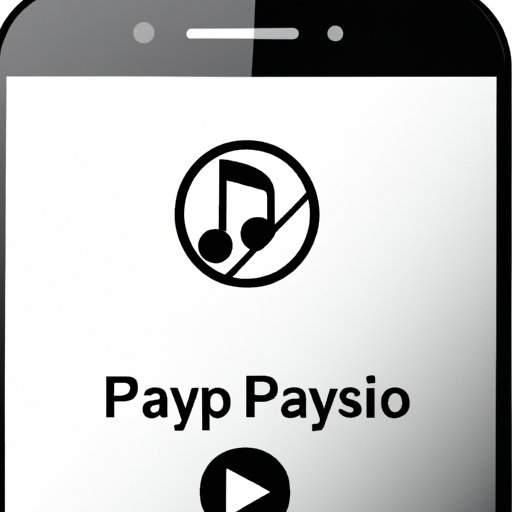Introduction
Google Play Music was a popular streaming platform that allowed users to access millions of songs, create playlists, and store their music library. It was a great service for many users, but in 2020, Google announced that it would be shutting down Google Play Music. In this article, we’ll explore what happened to Google Play Music and look at some alternatives.
The Rise and Fall of Google Play Music
Google Play Music was first released in 2011 and quickly gained popularity due to its integration with Android devices and Google Play Store. It was free to download and use, and allowed users to access millions of songs. It was also one of the first music streaming services to offer users the ability to upload their own music library to the cloud, allowing them to access their music from any device.
However, in 2020, Google announced that it would be shutting down Google Play Music. This came as a shock to many users, who had been relying on the service for years. So why did Google decide to shut down Google Play Music? Let’s take a look at some of the reasons behind the shutdown.
Understanding the Reasons Behind Google Play Music’s Shutdown
There are a few reasons why Google decided to shut down Google Play Music. The first is that Google felt that the service lacked innovation. The company wanted to focus on other services, such as YouTube Music, which is more modern and has better features. Additionally, there was increasing competition from other music streaming services, such as Apple Music and Spotify, which offered more features and a larger selection of songs.
Finally, Google wanted to re-focus its efforts on YouTube Music. YouTube Music is similar to Google Play Music, but is more modern and offers more features. Google believes that YouTube Music is the future of music streaming and wants to focus its efforts on developing the service.

Exploring Alternatives to Google Play Music
Now that Google Play Music is gone, many users are looking for alternatives. There are a few options available, including Apple Music, Spotify, and Amazon Music. Each of these services offers a wide selection of songs, personalized playlists, and other features. Additionally, they all offer free trials, so you can test out each one before committing to a subscription.

How to Transition From Google Play Music to Another Platform
If you’re looking to transition from Google Play Music to another platform, there are a few steps you need to take. First, you’ll need to transfer your music library. You can do this using a third-party tool, such as MusConv. Once your music library is transferred, you’ll need to update your payment information. Finally, make sure all your playlists are transferred over to the new platform.
Conclusion
Google Play Music was a popular music streaming service that allowed users to access millions of songs and store their music library. Unfortunately, in 2020, Google announced that it would be shutting down Google Play Music. The main reasons behind the shutdown were lack of innovation, competition from other platforms, and Google’s re-focus on YouTube Music. For those looking for an alternative to Google Play Music, there are a few options available, including Apple Music, Spotify, and Amazon Music. Finally, if you’re looking to transition from Google Play Music to another platform, there are a few steps you need to take, such as transferring your music library and updating your payment information.
(Note: Is this article not meeting your expectations? Do you have knowledge or insights to share? Unlock new opportunities and expand your reach by joining our authors team. Click Registration to join us and share your expertise with our readers.)
